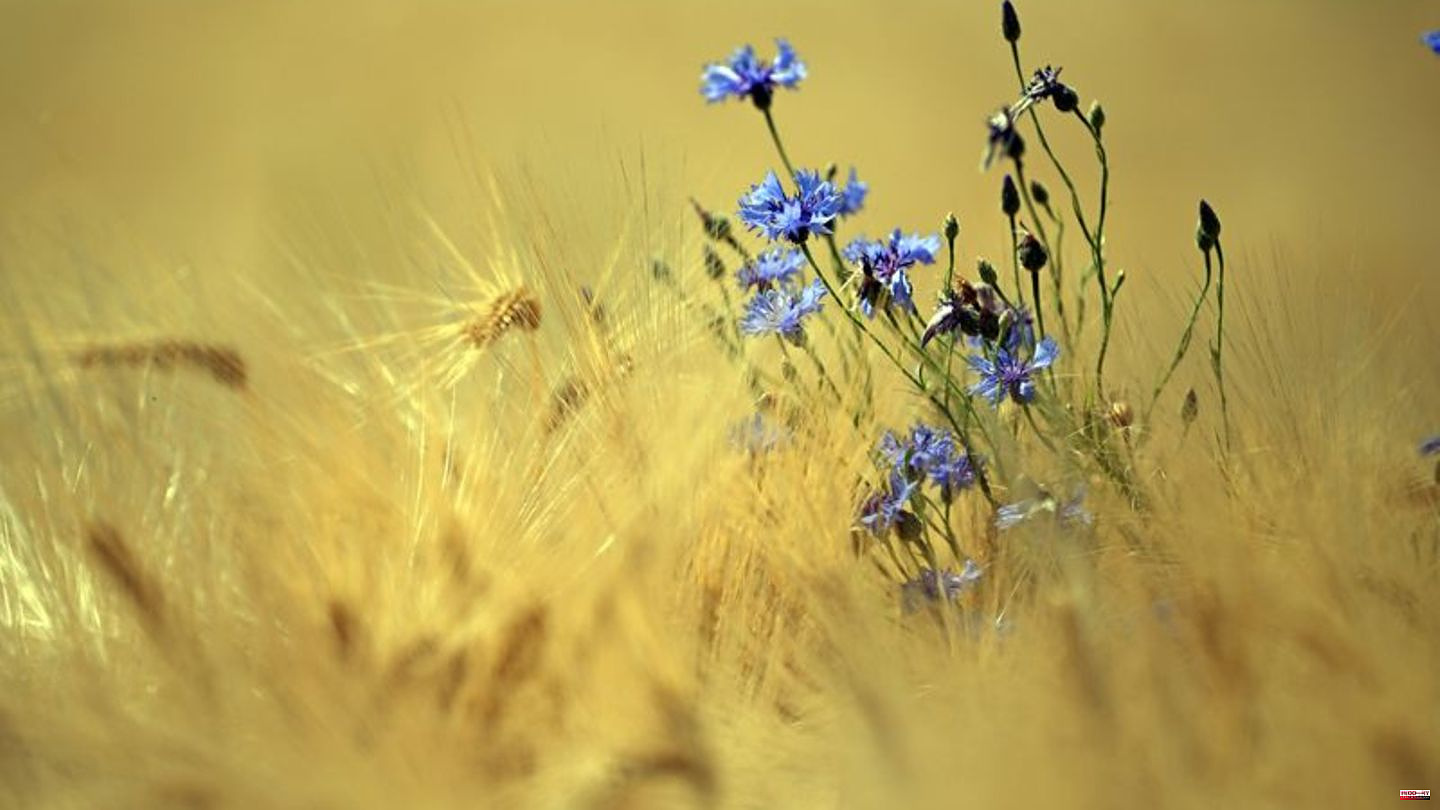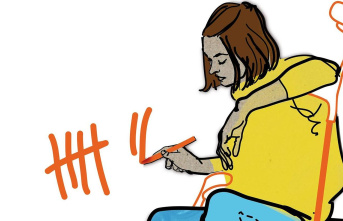"It's a bit like the stock market," says Helge Bruelheide, a geobotanist at the University of Halle. "The losses are spread over many small losers, the profits are made by a few large companies. This is how Bruelheide describes some of the findings from a study on biodiversity in Germany's flora that was recently published.
According to Bruehlheide, in the past almost 100 years there have been more plant species in Germany that have lost populations than those that have gained. Specifically, 1011 of the species examined in the study showed a negative population trend and only 719 a positive population trend. That means around 40 percent more losers than winners.
According to the study, the losses were distributed much more evenly across the relevant species than the gains. These were concentrated in a few rapidly spreading species, along with many that grew little. 1794 species were examined for the study. Only a few had not changed the spread.
Care for the balance of the ecosystem
According to the Federal Agency for Nature Conservation, as of 2018, 76 species of ferns and flowering plants had become extinct or could no longer be found in the past 150 years.
"Basically, it can be said that the more species are lost, the more the ecosystem gets out of balance," says a spokesman for the German Nature Conservation Union (Nabu) about the study results. The decline in plant species has a direct impact on the animal species that use them as a source of food or habitat.
But who are the losers and winners? According to Bruelheide, the latter include, for example, the late-flowering bird cherry and the red oak, both of which come from North America but can now also be found in forests in Germany. In the large camp of losers there are many wild herbs such as the cornflower, meadow dwellers such as the field scabious and wetland species such as the devil's bit.
Bruelheide is particularly proud of the wealth of data from the "search for clues" throughout Germany. The work took over ten years. Numerous experts had provided data from more than 7,700 areas for the study, the plant population of which had been recorded several times between 1927 and 2020. "We can now tap the developments with data," says Bruelheide.
Intensive land use as a starting point
The data also show one thing: the loss of biodiversity in the plant world is not a new phenomenon. According to the study, the strongest imbalance between profits and losses occurred between the late 1960s and the beginning of the 21st century. "This phase was heralded by the strong intensification of land use," explains Bruelheide. In the meantime, even successes of nature conservation measures are visible. The ongoing negative trend has weakened somewhat.
Nevertheless, the study delivers alarming results from his point of view. The researcher Bruelheide can only conclude one thing from the long-term losses of the majority of species: "We have to protect all the rare habitats that are still there." Much has already been lost. There are only so few specimens of some plants left that you could count them in the low three-digit range. "This development must be stopped."
Germany needs more and better managed protected areas so that populations can find protected retreats and in which rare species can survive, emphasizes the spokesman for Nabu. Above all, a reduction in pesticides is necessary. Efforts to renaturate rivers must also continue. "In any case, there is a great need for action."












